
Tika Lamsal, Associate Professor of Rhetoric and Language, has published a co-edited a new book (with Deepak Shimkhada, Iswari Pandey, and Santosh Khadka; Mandala Book Point, 2022).
by Tika Lamsal
We conceived this anthology of narratives in 2019 with the launch of a website, Nepal Memory Project. The website, which is still active today, was exclusively dedicated to collecting a broad range of essays that were eventually compiled under the title, Nepal, a Shangri-La? Narratives of Culture, Contact, and Memory.
While assembling this volume that has over four dozen contributors, and which focuses on micro-narratives about Nepal, we wondered about the power of memory, and its role in crafting narratives, as we try to make sense of our identity and belonging in an interconnected world. We also wondered about ideas that bring Nepalis and non-Nepalis together: how does the space—that Himalayan country—in both geo-political and cultural terms bind us together? Our starting point was to pose a series of questions to our contributors as we invited them to describe and think about the most salient experiences or memories that represented the country for them. We were interested in how those personal narratives related to the master narratives of the nation, i.e., how they echoed, contested, or resonated with the constructs promoted by the powers that be.
Going by the master narratives of Nepal, we see a careful selection of historically verifiable facts and some imagined ideals. For example, the country is the oldest nation-state in South Asia, as the Himalayan nation was never directly colonized. It is the birthplace of Gautama Buddha, and the land of the Himalayas – actually, the only country with eight of the ten highest mountains in the world. Nepal is also a country with a remarkable diversity of flora and fauna, peoples, traditions, and stupas or temples at virtually every step of the way. It is the home of the Gurkha soldiers whose stories of bravery are told and retold around the world. Untouched by outside influences until recently, it is the Shangri-La that we know of that could potentially function as an antidote to human despair borne off industrialization.
These are the attributes most frequently used to construct a grand narrative about the nation of Nepal, often coupled with the phrase sundar, shanta, bishal (beautiful, peaceful, great), which, as in the case of any nation-state, conveniently leaves out the details that undercut or challenge it. One way to explore the complexity of the lived nation and its memory would be to look back at the experience of various engagements in the space under discussion, engagements that could be as uniquely personal and intimate as growing up within it or as purposeful and strategic as traveling from outside to work, study/research or both. Our assumption has been that “re-membering” and writing about these experiences will not only reveal some complex stories about the nation but also provide specific insights into life, culture, community, citizenship, nation, labor, education, history, memory, mobility, and even (post-)modernity in the 21st century of global interconnectedness.
As this anthology shows, we have multiple Nepals within the geographical boundaries of the nation-state, as is the case with any multicultural, multilingual nation-state. Rephrasing Stuart Hall and Paul Gilroy – especially their discussions of English identity—one could argue that it is reductive to discuss Nepali national identity or the forms of national belonging without taking into account the ways in which Nepali identity itself has often been defined through the exclusion of a range of “others” in terms of language and customs. By the same token, Nepali identity has been denied the rights and privileges of equality of recognition until recently in the country’s laws and constitutions. Even the notion of singular Nepalese identity becomes an oxymoron for some authors, such as Shabnam Koirala-Azad, Sonya Dios, and Khushbu Mishra (in this volume), who share their experiences of negotiating their Nepali identity as the “other” even while living within the geo-political space of Nepal. Their narratives challenge the dominant narratives of Nepal while other authors recount their negotiations from multiple locations, both from within and without Nepal’s geographical boundaries. This multi-locational, and multi-subjective challenge to a singular prescribed Nepali identity is the main goal of our anthology of narratives.
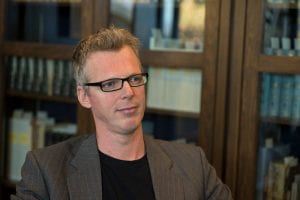 USF Associate Professor of Philosophy,
USF Associate Professor of Philosophy, 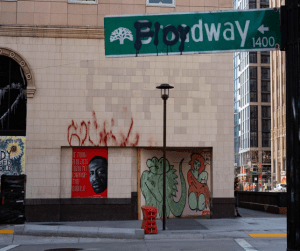
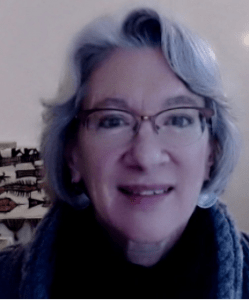
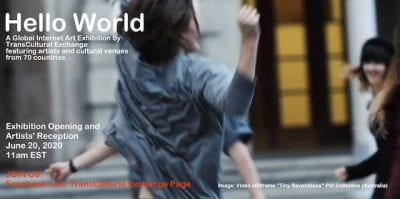
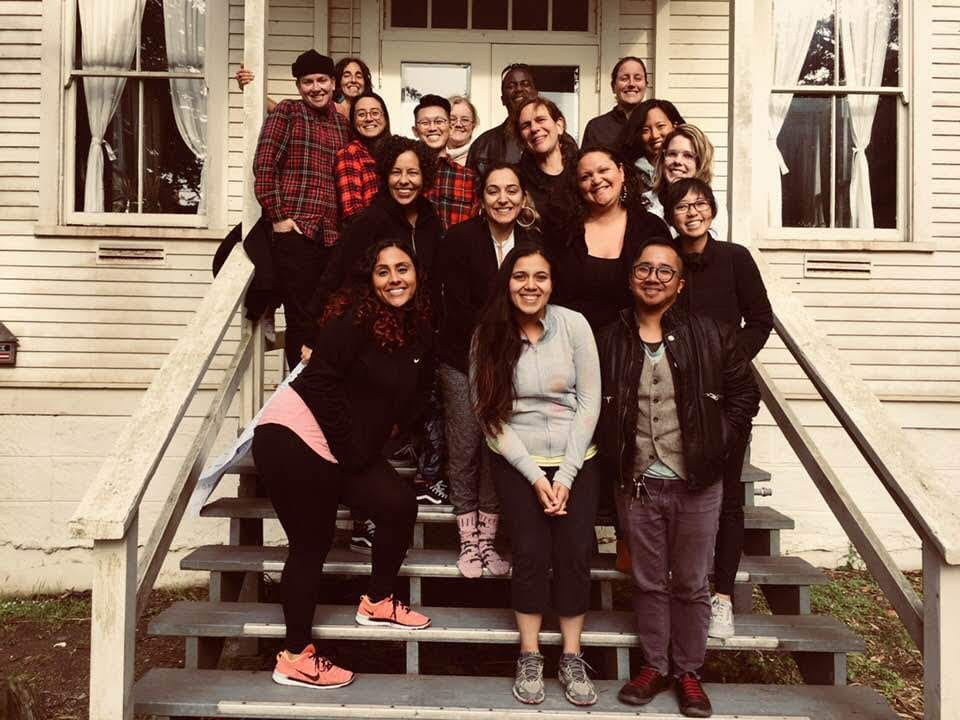
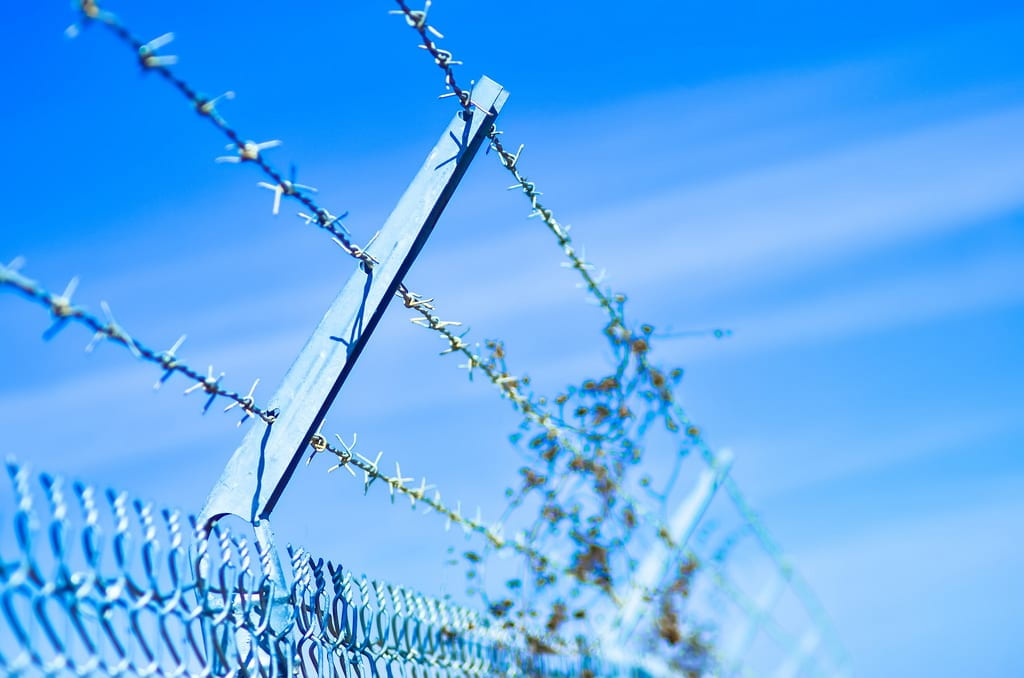
 I was asked to share a reflection/response to the exhibit Anting Anting | Magic Objects by Michael Arcega at a Thacher/CRASE collaborative event “Inspirations from Anting Anting: Magic Objects of Protection.”
I was asked to share a reflection/response to the exhibit Anting Anting | Magic Objects by Michael Arcega at a Thacher/CRASE collaborative event “Inspirations from Anting Anting: Magic Objects of Protection.”
